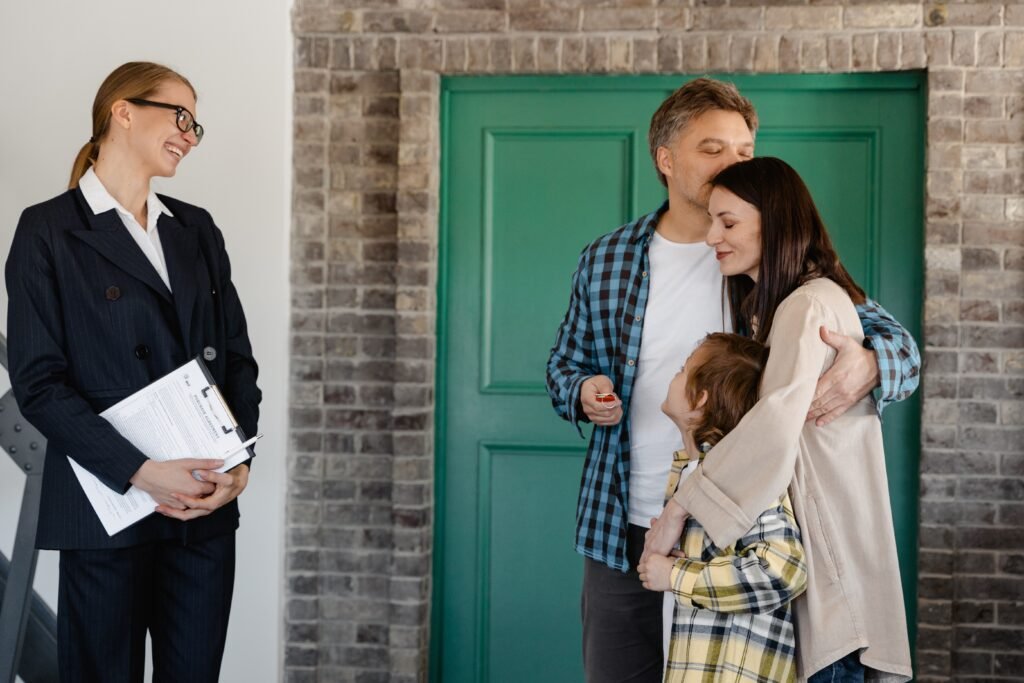Homeowners may feel uncertain about the rules surrounding security payments. When is a security payment required, and why? Can you guarantee its return?
Landlords will have their own (presumably legal) standards and opinions regarding security deposits, and state laws governing security deposits vary widely.
It’s important to know how to utilize your security deposit and most rental agreements require you to include this information in writing in your lease agreement. Once you have all the information, it’s up to you to do what you can to keep your deposit safe.
Here are 6 reasons why renters require a security fee and what they do with that money:
Review Your Contract Before Signing
Before moving in, it’s a good idea to study your contract (no, really, read it) to familiarize yourself with any rules your landlord may have. You may be required to clean and keep the property in a certain way, as stipulated by the lease, to prevent regular wear and tear from progressing into actual property damage.
For example, you may paint the rooms in the house, but you may also be required to repaint them before you vacate. These are the kinds of fine print that frequently confuse renters.
Brush Up On The Laws
There are security deposit statutes in every state, with local governments having the authority to impose even more stringent rules. Limits on the size of security payments and time frames within which they must be refunded are two examples of what the legislation addresses.
It’s essential to be well-versed in your legal protections and rights before engaging in any conversation with your landlord. For instance, when a tenant moves out of a rental property in Colorado, the owner has one month to refund the security deposit (or no more than 60 days if the contract says otherwise). Know your rights so you can protect yourself!
Use a Moving Checklist
When moving into a new home, some occupants make the error of conducting a hasty, impromptu walk-through. Although they will double-check that the stove’s exhaust fan is functioning and that there are no significant cracks in the walls, they may need to check for mildew under the sink or in the bathroom.
Make sure you remember everything essential by using a moving plan. When you move out, you’ll have proof of the property’s condition.
Walk Through with Your Landlord
It would be best if you had your landlord complete a move-in inventory to record the home’s condition. Sign and mark the list only if you are satisfied with all the papers. Create a duplicate to use as a guide while packing up and preparing when its time to move out so you can verify your duty to repair and what is not.
Inspect the Property with Your Owner as You Leave
Like the above point, there should also be a walk-through inspection with the owner before you move out. This is done so that you and the landlord can keep track of the property’s present situation and compare it to its state before you moved in.
Communicating with your landlord is easiest when you do a departure walk-through together. The opportunity for disagreement is reduced when people can speak to one another face to face, instead of communicating through mediums like email and text messages.
Do Not Cause Property Damage
To some extent, this is obvious, but it bears noting nonetheless. It is only fair that you pay for any repairs needed after potential property damage that you caused. When issues are brought to your attention, take corrective action.
If a light bulb burns out or a condenser in the heating system gets dirty, it’s your job to fix it. During your exit inspection, double-check that all of these are in good working order and up to standards.

